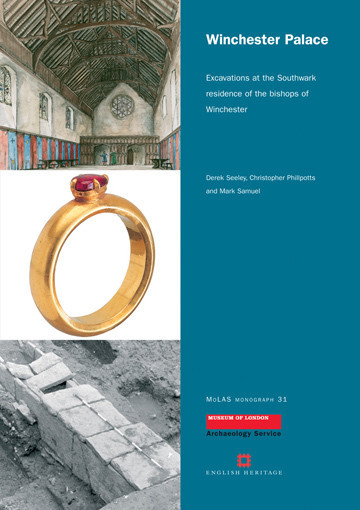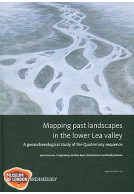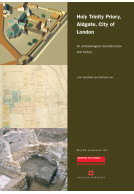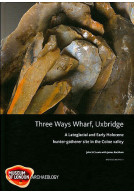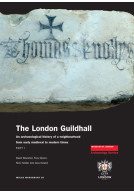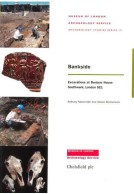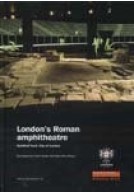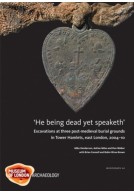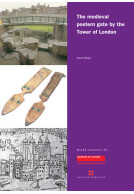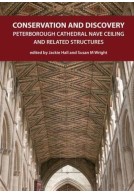Winchester Palace (Paperback)
Excavations at the Southwark Residence of the Bishops of Winchester
Imprint: MOLA (Museum of London Archaeology)
Series: MoLAS Monograph
Pages: 192
Illustrations: 81 illus, 42 tabs
ISBN: 9781901992656
Published: 30th March 2007
Script Academic & Professional
Series: MoLAS Monograph
Pages: 192
Illustrations: 81 illus, 42 tabs
ISBN: 9781901992656
Published: 30th March 2007
Script Academic & Professional
You'll be £7.95 closer to your next £10.00 credit when you purchase Winchester Palace. What's this?
+£4.99 UK Delivery or free UK delivery if order is over £40
(click here for international delivery rates)
Order within the next 24 minutes to get your order processed the next working day!
Need a currency converter? Check XE.com for live rates
(click here for international delivery rates)
Order within the next 24 minutes to get your order processed the next working day!
Need a currency converter? Check XE.com for live rates
Archaeological rescue excavations in Southwark between 1983 and 1990 uncovered parts of the London house of the medieval bishops of Winchester. The archaeological evidence, mainly from the east part of the site, is supplemented by detailed documentary evidence. The property developed from the mid 12th century into a palatial residence, based around an inner and an outer courtyard, and enclosed by a boundary wall. In the 14th-century palace, a great hall, service rooms and kitchens occupied the north range, household and servants were accommodated around the other sides of the inner courtyard, while the bishop had his own apartments, chapel and garden. A passage below the hall gave access from the inner courtyard north to the wharves and river. Storerooms, workshops and stables lined the east boundary wall, with gardens in the west half of the enclosure. A parliamentary survey of 1647 describes the layout of the bishop's palace, which was sketched c.1644 by Hollar for his Long View of London . The site remained in the bishops' ownership until the 1640s and it was returned to them after the Civil War, but a multiplicity of tenants and subtenants occupies the palace; by 1720 it was 'disused and very ruinous'. The medieval bishop's palace became tenements and small industrial storage units; in the 19th century large warehouses were built. Fire in 1814 revealed the surviving medieval masonry of the hall and service range, and the hall's west gable wall with its rose window remains a prominent landmark today.
Other titles in the series...
Other titles in MOLA (Museum of London Archaeology)...







